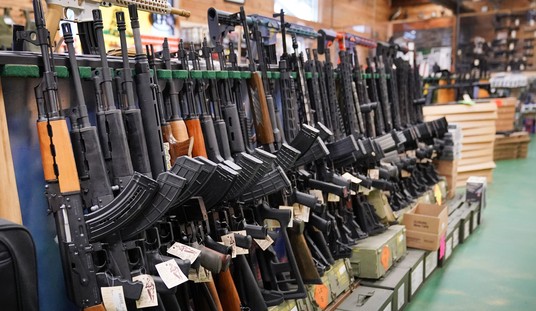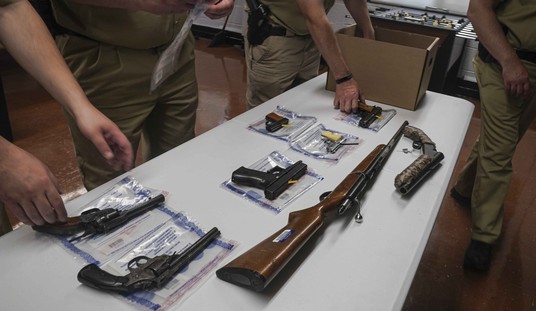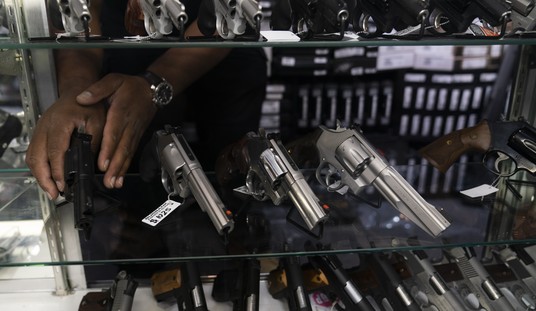I knew they were the “Greatest Generation” long before the Tom Brokaw book and well ahead of Saving Private Ryan and Band of Brothers. One only had to grow up with a father and nine uncles who served in World War II to realize how special these people were who served in “The War”.
My father and his five brothers served in the United States Merchant Marine. My four uncles on my mother’s side were footslogging GIs in the United States Army, as were most of their friends. They were all just barely Americans, being the first American-born generation from Italian immigrants. Some were drafted, some volunteered, but they all served. They filled my head with their experiences and spurred my curiosity about the great adventure they had embarked upon. In all the stories they told, numbering in the dozens, they always left out the emotions of their fear and how they dealt with it. Also missing were the dangers they faced and how they survived.
My indoctrination was sterile, devoid of all the barbaric savagery of war or accounts of men who never returned. These veterans were proud of their service but never boasted or bragged about themselves. They reserved that for others. To a man, they were modest about their own contribution. As a youngster I listened in awe of what they experienced and accomplished.
It was only later in life, as I studied the conflict, did my aperture widen sufficiently to view this struggle on a global scale and understand how ubiquitous the contributions and sacrifices of all Americans were. The United States was spared the destruction seen by much of Europe and the world. Nevertheless, this conflict consumed America. The young men of this nation, many just boys, went off to the far-flung battlefields of the world for the duration, never knowing if and when they would ever see home again.
They went to places they never heard of, couldn’t pronounce or even find on a map. Men and women from all social classes pitched in. The American military included the sons of Senators and Congressmen, movie stars, sports heroes, celebrities and men and women from all walks of life. Most Americans viewed this conflict as a fight for the survival of their country. They were fighting two of the most militaristic nations in history who had already built tremendous war machines and had been fighting for years. Germany and Japan seemed invincible and in the beginning of America’s involvement in the war, the outcome was seriously in doubt.
Those who stayed behind went to work in the war factories and struggled to keep up with the incessant demand for war material and supplies. President Franklin D. Roosevelt called America the “Arsenal of Democracy” and the production might of this country went into overdrive. The women of America put down their aprons and picked up riveting guns and welding torches. These housewives built the fighting ships and sleek planes in unimaginable numbers. Massive shipyards and aircraft factories were constructed to build the ships and planes. An unprecedented effort to build an Atomic Bomb consumed immeasurable resources. And to tie all of this together, significant improvements were required to the nation’s roads, rail and communications infrastructure. It was a monumental conversion of peacetime manufacturing to urgent wartime production.
Even the children became involved as they collected scrap metal, tin foil and rubber bands to help the war effort. Rationing of goods reached into every home. The lives of everyone in America were touched by this great world conflict. No one was spared from the storm of change. Almost as an afterthought, today’s generation began to realize and recognize the Greatest Generation. It may have started with the Brokaw books or Spielberg movies but I have a sense the veterans themselves began it. Dying at the rate of 1,500 per day, they realized time was running out and they had to tell their stories lest they be lost forever.
Encouraged by Public Law 106-380, The Veteran’s Oral Histories Project Act of 2000, World War II veterans were moved to action. They began showing up in the classrooms of America, to relay and record their own oral histories. They consented to interviews that just a few years before would have been unthinkable. Veterans Associations reached out to them on the Internet and some published books of their wartime memoirs. These World War II veterans, motivated by their desire to pass on their truths to future generations and driven by their own mortality, finally stirred, awoke and broke their silence. Those personal accounts, the last parting gifts from the Greatest Generation, have had a profound affect on the people of this country.
After years and years of controversy, the World War II Memorial was finally completed in Washington D.C. and opened to the public on 29 April 2004. Previously, the National D-Day Memorial, in Bedford, Virginia, was dedicated on 6 June 2001 and the National D-Day Museum in New Orleans was unveiled on 6 June 2000. Even these tributes do not adequately acknowledge the gift this generation has made to America and the future of the world.
Sixteen and a half million Americans served in the Armed Forces during the Second World War. While we owe them all an incalculable debt of gratitude, within this large group of individuals was a select group of men who served on a higher level. They were the men of the U.S. Marine Corps and U.S. Army Infantry. Many were just young boys not yet past their teens.
Some volunteered for this dangerous duty but most were just assigned to the dubious distinction of becoming riflemen. It was a dangerous job few wanted and most successfully avoided. The relative few who became combat infantrymen did their job well enough to beat back some of the most highly trained, professional soldiers in the world. The American citizen-soldier faced hardships and depravations not seen since Valley Forge. To the infantryman, the fighting and killing was up close and personal. Close enough, at times, to smell an enemy’s breath or hear his last gasp as he died. The Infantry, “The Queen of Battle”, bore the brunt of the dirty fighting, endured the horrendous living conditions and suffered the preponderance of casualties. Out of the sixteen million who served in all the branches of the services, only about 800,000 were combat infantrymen.
They were America’s spear.
Within this group was a unique subset of men who stepped forward to volunteer for special training and hazardous duty. Their motivations ranged from a thirst for adventure to a desire to be part of an elite unit. Whatever their reasons, they would ultimately find themselves in the most crucial, dangerous, and sometimes hopeless situations throughout the war. Among the more celebrated special units were The 5307th Composite Unit (Provisional) codenamed “Galahad” but widely known as “Merrill’s Marauders”, the First Special Service Brigade, “The Devil’s Brigade”, the Marine Raider Battalions, the U.S. Army Rangers and the U.S. Army Airborne Infantry more commonly known as paratroopers.
They were the best among America’s warriors. Their enemies knew them and feared them. After the early military setbacks at Pearl Harbor and the massive surrender of the American and Filipino forces in the Philippines, these superbly trained specimens of America’s youth inspired the people on the Homefront. They built and nurtured the reputation of being America’s toughest tough guys. In the dark days of 1942 they were this country’s most visible and tangible hope. In the years to follow they became the shining example of American courage and pride.
These gallant men were the tip of the American spear.
This story honors them and is a belated but heartfelt “thank you” to all Americans who contributed to the victory.








Join the conversation as a VIP Member